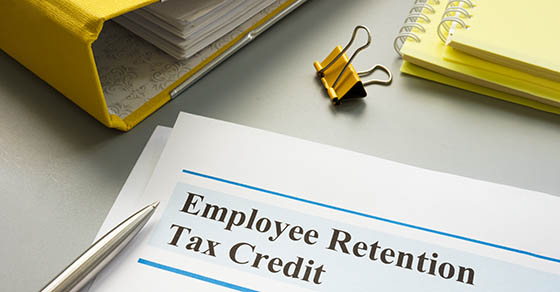Why you might want to file early and answers to other tax season questions

The IRS announced it opened the 2023 individual income tax return filing season on January 23. That’s when the agency began accepting and processing 2022 tax year returns. Even if you typically don’t file until much closer to the mid-April deadline (or you file for an extension), consider filing earlier this year. The reason is you can potentially protect yourself from tax identity theft.
Here are some answers to questions taxpayers may have about filing.
How can your tax identity be stolen?
In a typical tax identity theft scam, a thief uses another individual’s personal information to file a fraudulent tax return early in the filing season and claim a bogus refund.
The actual taxpayer discovers the fraud when he or she files a return and is told by the IRS that the return is being rejected because one with the same Social Security number has already been filed for the tax year. Ultimately, the taxpayer should be able to prove that his or her return is the legitimate one, but tax identity theft can be time consuming and frustrating to straighten out. It can also delay a refund.
Your best defense may be to file early. Why? If you file first, the tax return filed by a potential thief will be rejected.
What are this year’s deadlines?
This year, the filing deadline to submit 2022 returns or file an extension is Tuesday, April 18 for most taxpayers. The due date is April 18, instead of April 15, because the 15th falls on a weekend and the District of Columbia’s Emancipation Day holiday falls on Monday, April 17.
If you’re requesting an extension, you’ll have until October 16, 2023, to file. Keep in mind that an extension of time to file your return doesn’t grant you any extension of time to pay your taxes. You should estimate and pay any taxes owed by the regular deadline to help avoid penalties.
When will your W-2s and 1099s arrive?
To file your tax return, you need all of your Form W-2s and 1099s. January 31 is the deadline for employers to issue 2022 W-2s to employees and, generally, for businesses to issue Form 1099s to recipients of any 2022 interest, dividend or reportable miscellaneous income payments (including those made to independent contractors).
If you haven’t received a W-2 or 1099 by February 1, first contact the entity that should have issued it. If that doesn’t work, ask us how to proceed.
Are there any other advantages to filing early?
In addition to protecting yourself from tax identity theft, another advantage of early filing is that, if you’re getting a refund, you’ll get it sooner. The IRS expects most refunds to be issued within 21 days. The time may be shorter if you file electronically and receive a refund by direct deposit into a bank account.
Direct deposit also avoids the possibility that a refund check could be lost, stolen, returned to the IRS as undeliverable or caught in mail delays.
Need assistance?
If you have questions or would like an appointment to prepare your return, please contact us. We can help ensure you file an accurate return and receive all of the tax breaks to which you’re entitled.
© 2023









